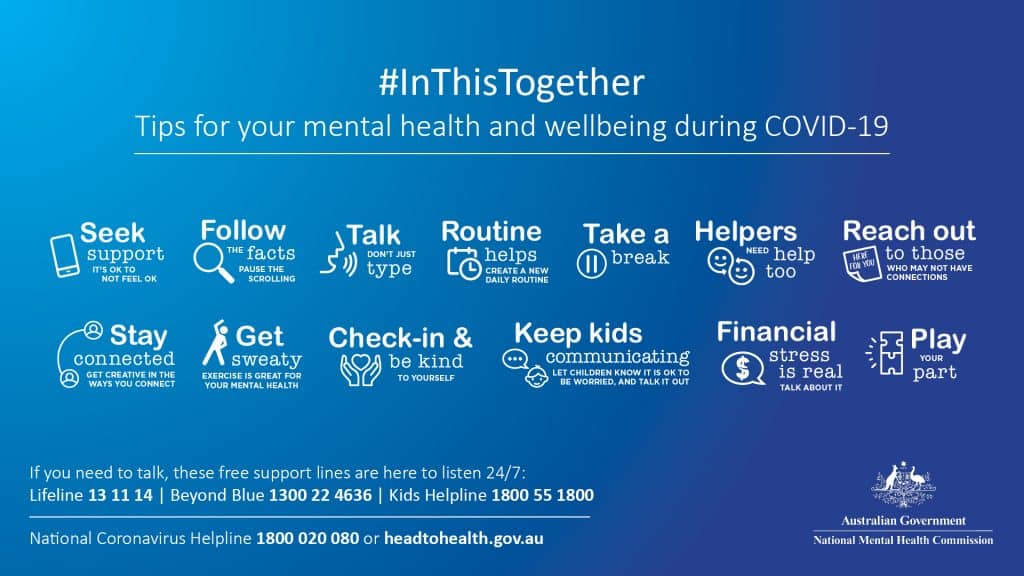When your world has changed in ways you could never have anticipated, in what seems like a blink of an eye… how can you explain this to children? Is it possible to shield youngsters from the fears and worries of COVID-19? How does living in pandemic conditions affect them?
These and many other questions are plaguing parents all over the country as they adjust to 24/7 home life.
“Be mindful that kids don’t have the emotional vocabulary that adults do, so you are going to see meltdowns, you are going to see kids not coping and quite possibly having increased outbursts and things like that, because they just don’t have any other way to deal with it,” HealthWISE mental health clinician Anne Edwards said.
She says there are many ways children are impacted by coronavirus restrictions, including missing social interactions, feeling overwhelmed with online schoolwork and being bombarded with the news cycle.
Keep kids communicating is just one of several tips for maintaining good mental health encouraged by the #InThisTogether campaign, and Anne feels it is a valuable reminder for parents.
It’s important to let children know that it is ok to be worried, and to do what you can to help them talk about it.
“When you’re talking to kids, you need to be age appropriate. It can also be quite difficult to get kids to talk about their worries. One of the best ways to have a conversation with children is to state a little bit about how you feel first, and then asking them (how they feel),” says Anne.
A ‘worry box’ may also help children articulate and work through their anxieties.
“If they have a worry, they write it down and put it in the box. What parents can do is have a time every day to pull worries out and talk about it with their kids, and then when the worry has been dealt with, you just throw them away.”

It can be easy to dismiss children’s worries as trivial, but it’s important to take their feelings seriously.
“It was the same with the bushfires when we were packing up. I was packing things like important documents and photos, and I asked the kids to pack a suitcase each. They both packed a suitcase full of their toys.”
“I said ‘look no, you’ve got to pack more important things – we can buy you more toys!’ and Kate piped up and said ‘Mummy you can’t buy me another Pink Rose’ – that’s the name of her favourite toy. And it just really brought home to me that we as adults often forget that what’s important to kids might seem trivial to us, but that’s their world.”
Anne recommends limiting exposure to negative news and making the most of apps like Facetime, WhatsApp or Zoom to keep in contact with friends and family. Craft time with grandma on the Ipad or trivia games with the cousins over the phone could become valuable highlights of the week.
She encourages parents to manage their expectations when assisting kids with schoolwork, particularly if they’re also juggling their own work.
“It’s different for different age groups, but generally it’s not practical to expect primary school kids to be able to have sustained self-directed learning. What I’ve been recommending to parents if they’re using Seesaw or Google Classroom, to get the kids to do 15-20 minutes and then get them outside to do something and give them a break.”

“Take into account that cooking with your kids, taking them for a walk, doing craft with them – they’re all educational as well. You can get them to read the recipe, you can get them to measure things out – that’s reading and that’s maths.”
Parents working from home may need to sit down as a family and carefully schedule their day to allow for work, school and family time.
“For example at home, when I’ve got appointments, I will set the kids up to do a task,” Anne says. “And then when I finished my appointment, I’ll give the kids 10-15 min of total interaction. So we might go for a short walk or play a quick game of Uno or anything like that.”





